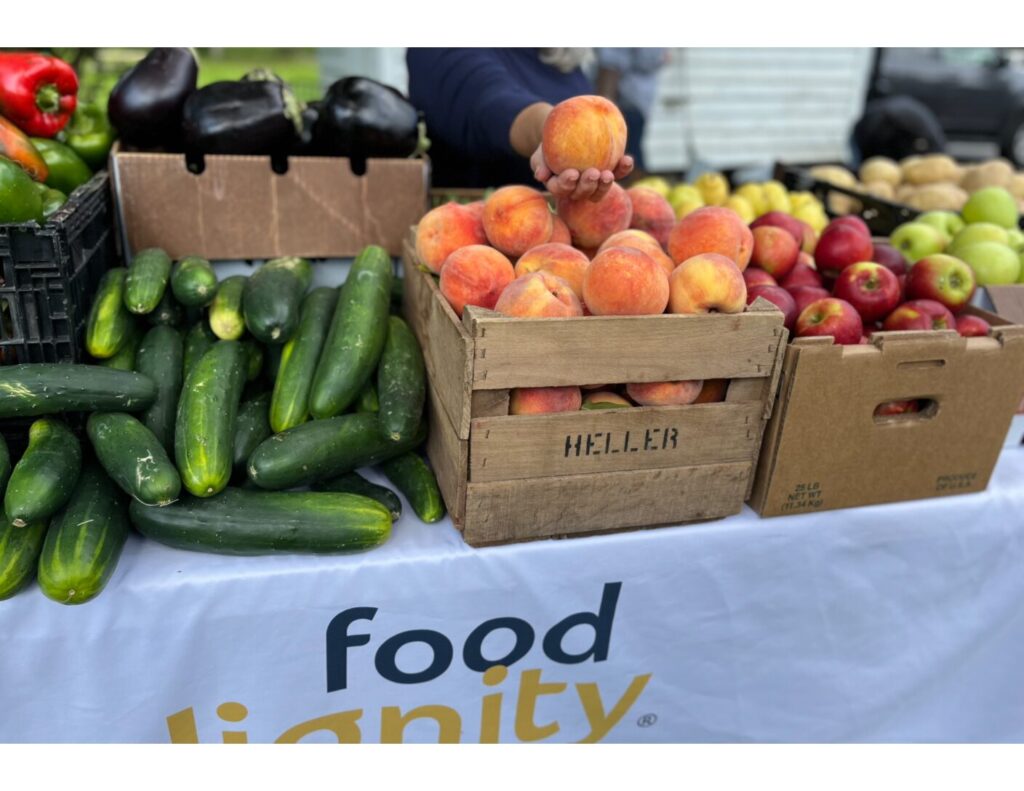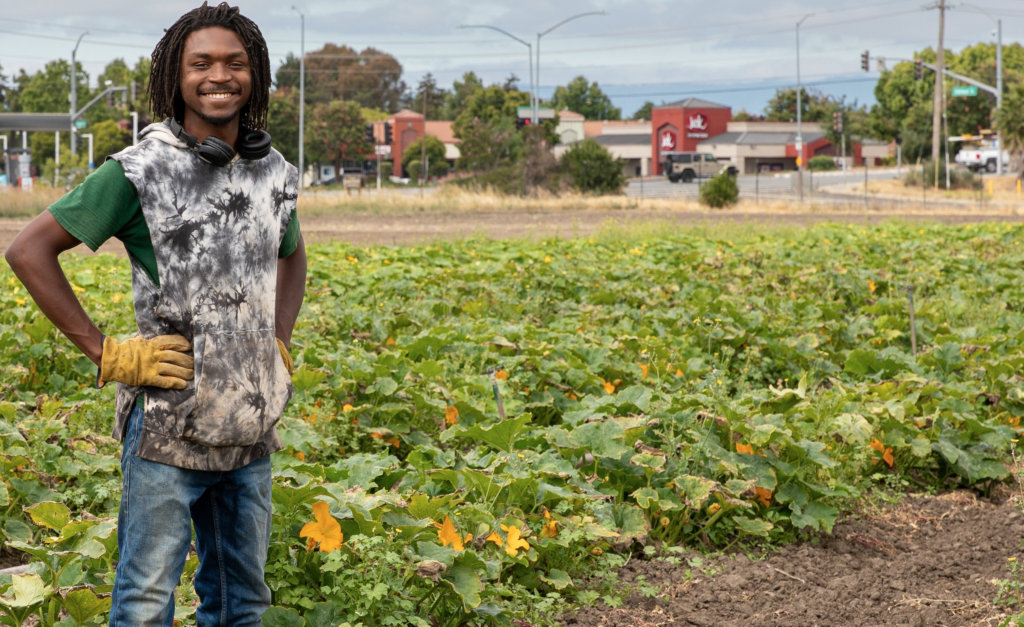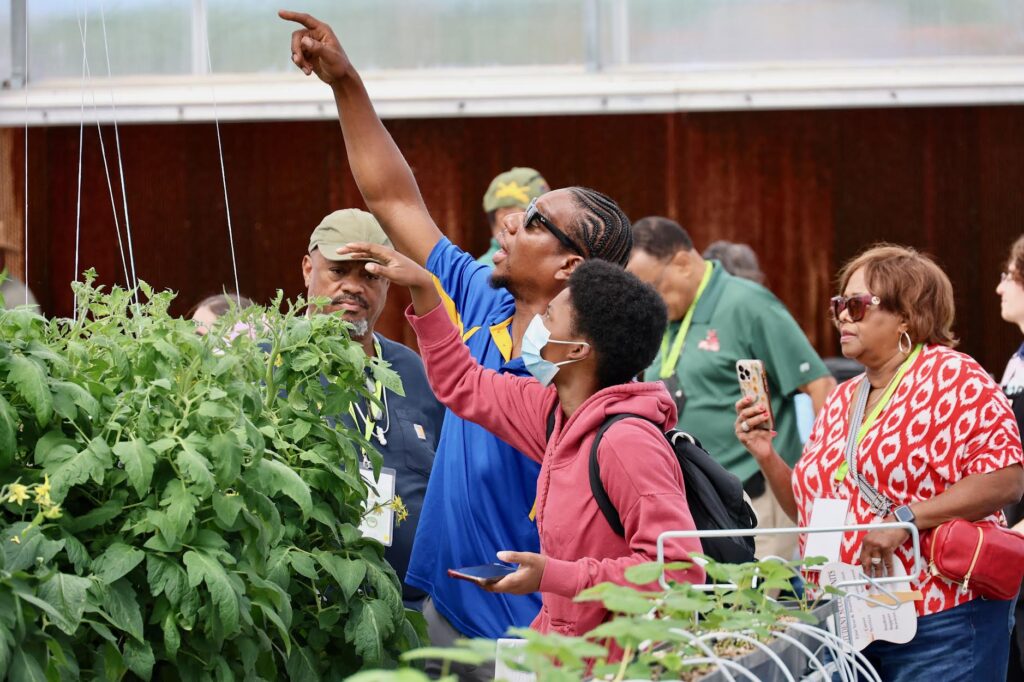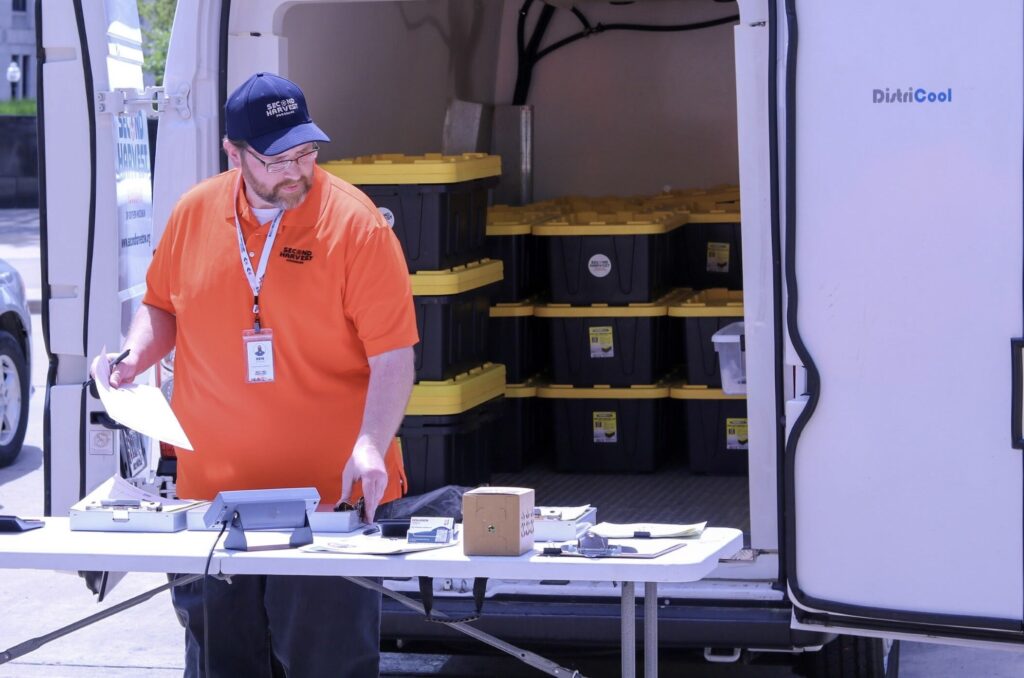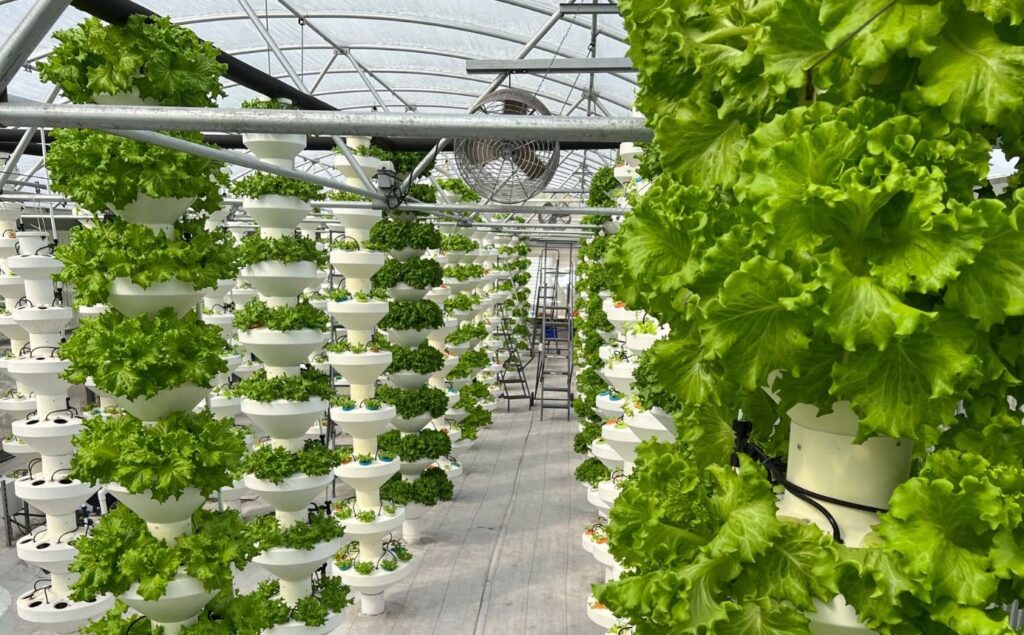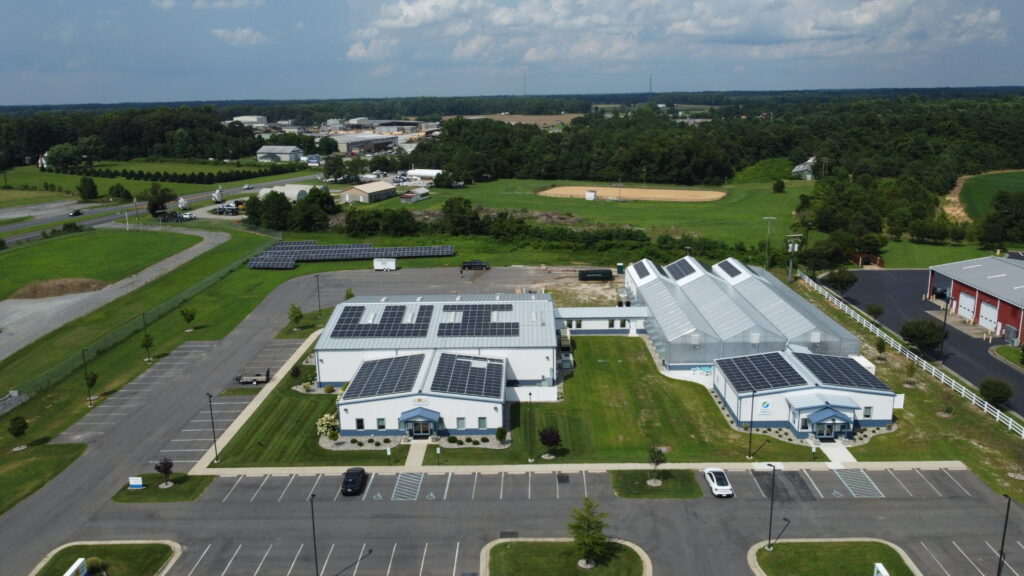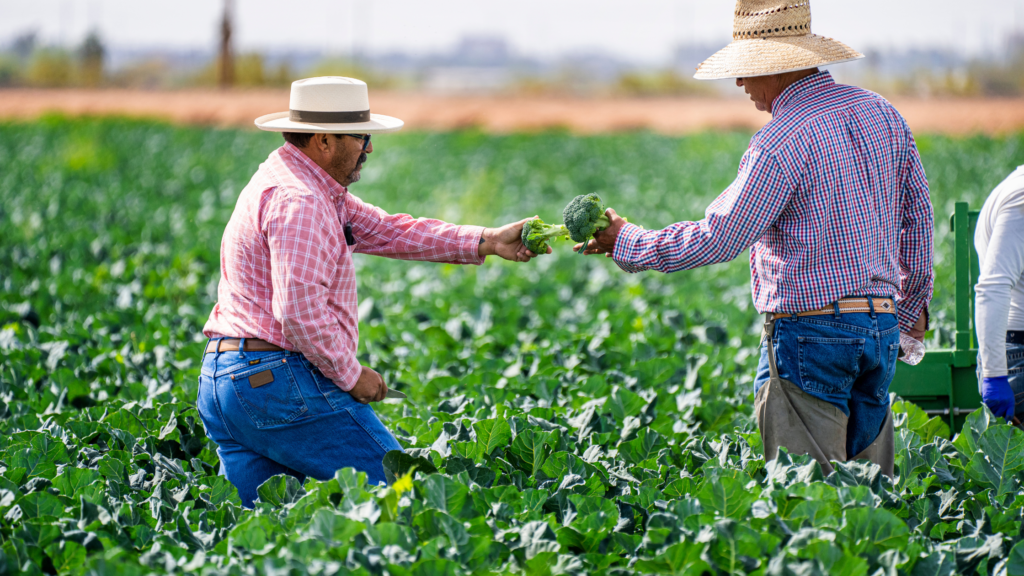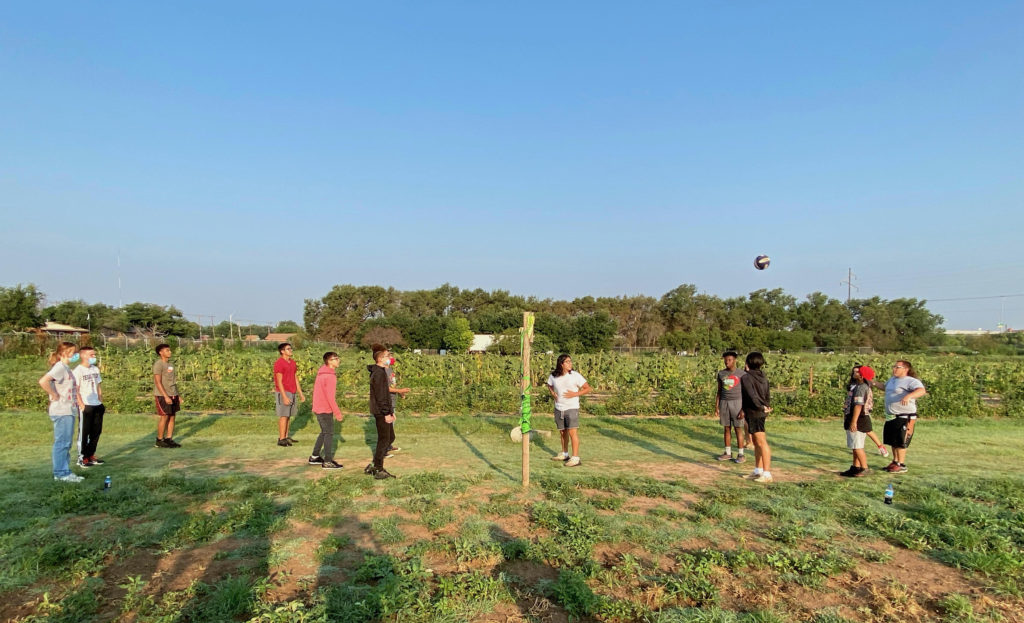Farm-to-food-assistance programs are thriving, according to a report, signaling a new chapter in how communities can address hunger relief. The idea of getting food from local farms to food-insecure people is not necessarily new, but Covid-19 helped to spur additional investment in the practice. Now that the model is taking…
Posts published in “Farms”
It’s one thing for a food bank to say it’s going to get involved in the food justice movement. It’s another to actually do it. Alameda County Community Food Bank made a definitive move into food justice when it agreed to invest between $2 million and $2.5 million per year…
There are lots of reasons for food banks to have farms, and most of them don’t have to do primarily with distributing food. That’s the case at Mid-Ohio Food Collective, which is building a farm of the future consisting of high-tech growing spaces and learning facilities. Spanning seven acres in…
Like many food banks, Second Harvest Foodbank of Southern Wisconsin began supporting local farmers by buying food from them during the pandemic. Before long, it was running a large farm-to-food bank program, purchasing produce at market rates from 55 farmers. Recently, it figured out another way to support even more…
By all accounts, a program that the USDA introduced in late 2021 to help local farmers grow nutritious food for underserved communities has worked out exceedingly well (Food Bank News first wrote about it here.) The Local Food Purchase Assistance program has resulted in nearly $700 million of funds going…
Greater control is one reason that a handful of food banks are embracing soil-free systems as a way to grow produce for their clients. Greenhouse farming through hydroponics (where the roots grow in water) and aeroponics (where the roots are irrigated with a mist of nutrients) offers a measure of…
Driving to a ballgame five years ago, Mark Kleinschmidt, CEO of Healthy Harvest Food Bank, turned to his then 12-year-old son and asked, “What can I do in my job that’ll get you to do what I do without making you do what I do?” Kleinschmidt’s son pondered for a…
It’s widely acknowledged in the hunger relief community that the people who grow the nation’s food also tend to be among the most food-insecure. The estimated 2.4 million people in the U.S. who work on farms, many of them southern border immigrants, earned an average of $20,000 to $25,000 in…
A number of small-scale farms have taken root at food banks and pantries across the country. Paradoxically, those who work on them will be the first to tell you that growing food for its own sake is not necessarily a top priority. “Obviously, in serving 200 people a day, the…
